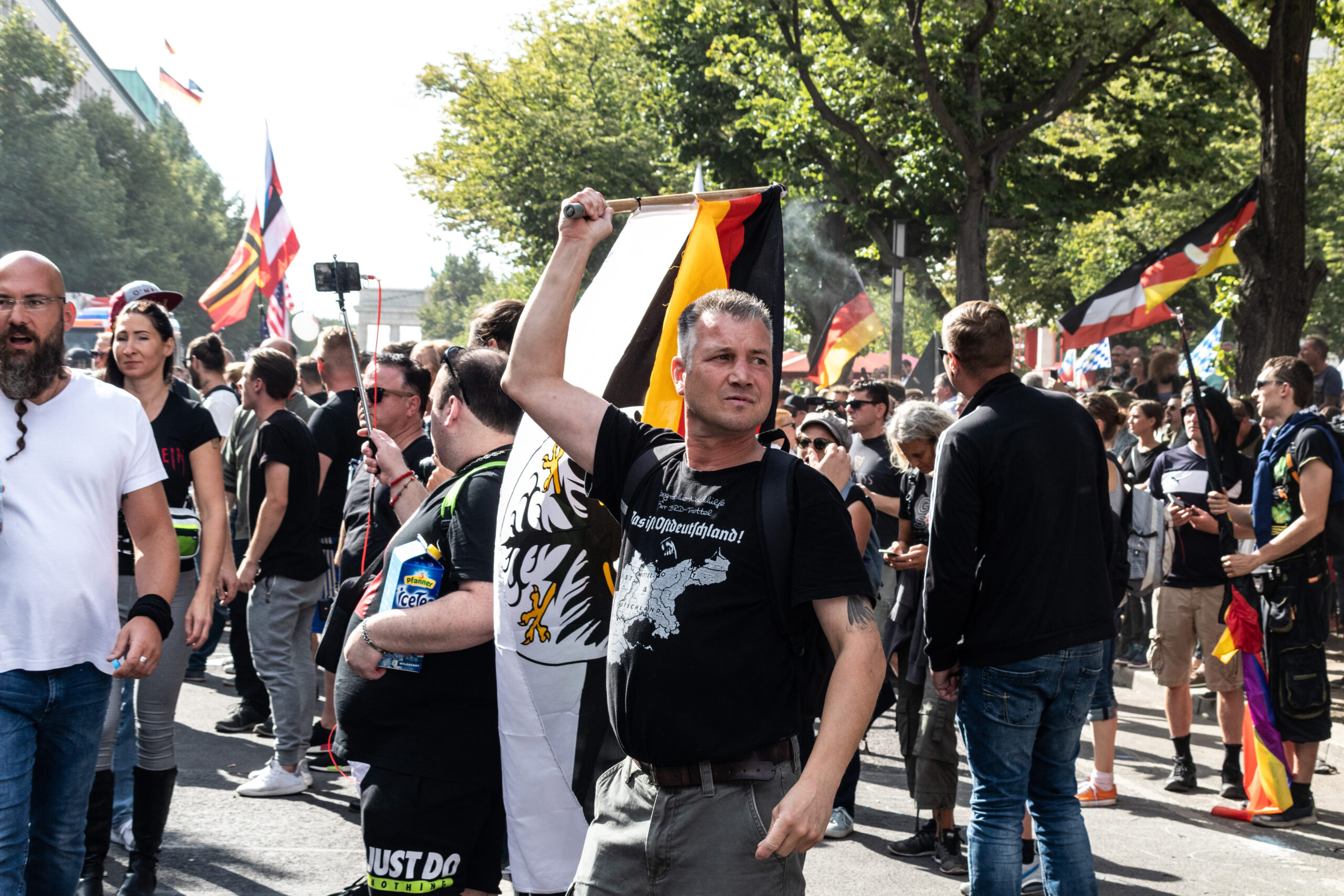The traces of history can still be found everywhere in Berlin, if you know what to look for. Many old buildings still have bullet holes, some of the bullets that were fired still remain in the walls. There is still a gap in most places where the Berlin Wall used to separate East and West from each other.
And then there are small, 10 by 10 centimeters, brass stones in the sidewalk that contain little more than a name, a date of birth, a date of death and the cause – usually “shot”, “gassed” or “committed suicide”. These are so-called Stolpersteine, stones created for you to literally trip over history. They are there to remember the victims of National Socialism between 1933 and 1945; those who were murdered, killed themselves or had to flee.
My first encounter with a Stolperstein was while strolling in the park and taking a turn onto a road I hadn’t been on before. There, in the house Am Stadtpark 3, lived Ida Singer. Frau Singer, born 1882 in Chemnitz, owned this house after her husband, a businessman, died. On the second of March, 1943, Ida ended her life at the age of sixty. Although the exact reason is unknown, it is most likely that it was the last way for her to evade deportation.
Not much is known about Ida Singer’s life. But the Stolperstein made me think – a person cannot live in complete isolation. She must have had some connections, some people that knew her. So I went into some research to find out the stories of the people around Ida, the people that lived in a city which is now regarded as one of the most open and progressive in the world – the city, in which I live only about seventy years after the systematic murder of over seven million people was organized from here.
One of the people that Ida rented an apartment to was Gertrud Goldmann. She has a Stolperstein dedicated to her as well, but not in Am Stadtpark 3, but in a road in Dahlem, a different part of my district. Even less is known about her. She was born in 1882 as the second daughter of Emil and Philippine Laboschin and had an older sister named Louise, who died when Gertrud was 42. All her family members were buried in the Jewish graveyard of Guben. Gertrud lived in the house Am Stadtpark 3 for a while, but later in Am Hegewinkel 108, and didn’t witness Ida’s suicide. Frau Goldmann was deported to the Piaski Ghetto on the second of April 1942, where she would be forced to remain for the rest of her life. How long she suffered in the ghetto before she died is unknown.
These are only two of millions of stories of people deported in the 12 year Reich. And although there are incredible and important projects like the Stolpersteine, of which over 500,000 have been laid into the pavement throughout Europe, the process of coming to terms with the past of Germany still has a long way to go. And while it is important to remember the victims and Germany and Austria are doing a fairly good job at doing so – what do we know about the people that profited? Who received some of the gold that was stolen from Jewish and other deported families? Who was able to increase their social status or standard of living at the expense of oppressed people, maybe even at the expense of their life? It is important that we not only remember those who suffered under National Socialism, but also the people who committed such unspeakable crimes and turned life to hell for millions of people.
Article by Linus H.


